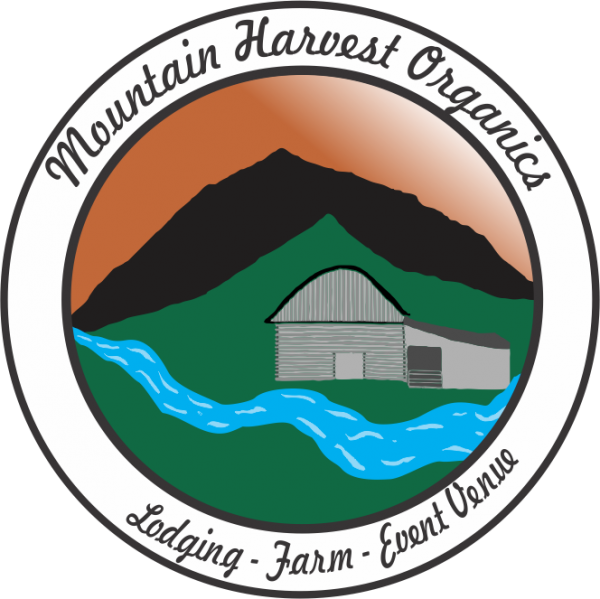Greenhouse Maintenance, Projects, Timber Framing, WP Migration
We’re on the cusp of the Slow Building Movement
Sorry I haven’t posted lately but I was busy using our daylight hours for timber harvesting and timber framing classes while utilizing our nighttime hours doing seed planning. I am happy to say that we have ordered most all of our seeds for the season!
I never imagined myself involved in timbeing nor timber frame building but Carl has convinced me that we need to harvest trees from our farm and use these to build our Farm Vacation Cabin using Timber Framing. Timber Framing is a very precise and ancient craft so we have a steep learning curve since most of our construction experience is stick building. It is going to take us a bit of time to cut each mortise, dovetail and tenon before the cabin can be erected. Many structures built in the 1600’s, 1700’s and 1800’s still survive today because they were built using Timber Framing. And quite a few of those timber framed structures still standing today have even been disassembled and moved to new sites for preservation. Simply being able to move a Timber Frame structure tells a lot about the craftsmanship that went into building it. Our forefathers knew how to make timber framed structures last and that is our goal – quality building – that will last for centuries.

Rather than purchasing a pre-made cabin or a cabin kit, like that pictured above, we are going to be building a vacation cabin using trees from this farm. This farm has around 80 acres of timber so Carl felt that harvesting and using our timber is good use of our forest. We can selectively cut trees, carefully leaving the forest as untouched as is possible, and allowing the forest to remain as a means for sequestering carbon helping to clean the air of atmospheric carbon dioxide. We think of our forest as a HUGE carbon sequestering machine and we are thankful for these large, elegant trees, so we want to only harvest a few each year in an effort to maintain a healthy forest.
The first phase of the Farm Vacation Project is harvesting trees and sawing the timber. Carl and I have spent this past week doing just that – harvesting trees in preparation for sawing the timber for the cabin – and it is probably the scariest job that I’ve done in my life. Harvesting timber is quite different than harvesting veggies and I must say I enjoy harvesting veggies much more than trees. I have gone from “tree hugger” to forester in my short life on this farm and I am sad we are cutting down these large elegant trees. On the bright side, at least we know the source of the wood used in the cabin and, that the wood was not shipped here from the west coast.



Anyone who has been in our propagation greenhouse the last few years can appreciate project “Get rid of muck from the propagation greenhouse”. Danielle and Justin have been spearheading this project and are doing an excellent job!






